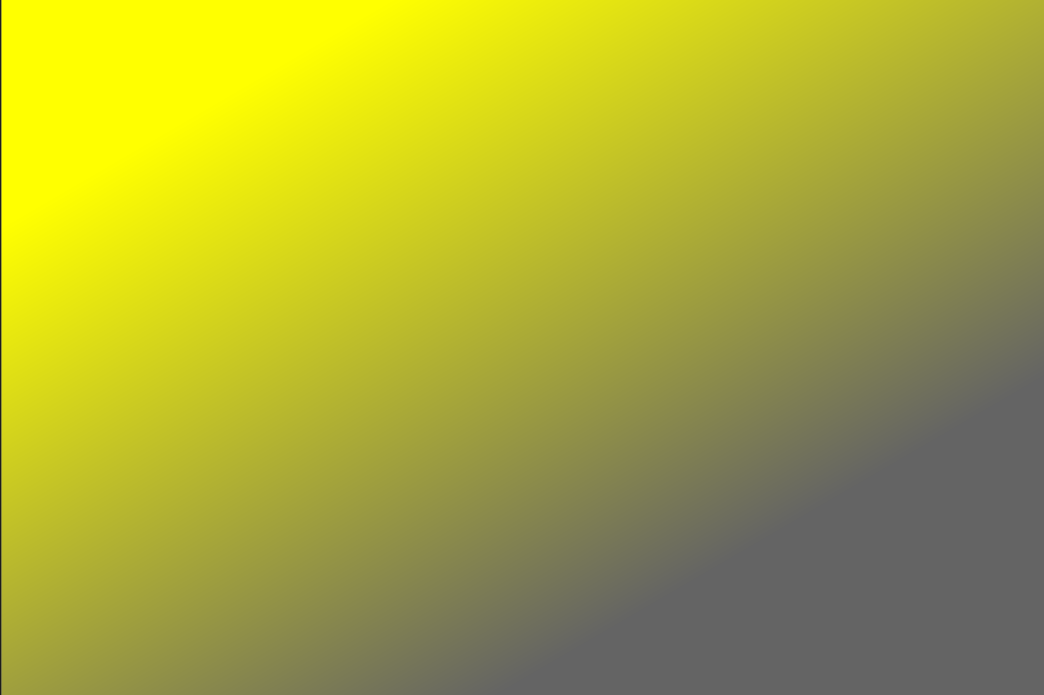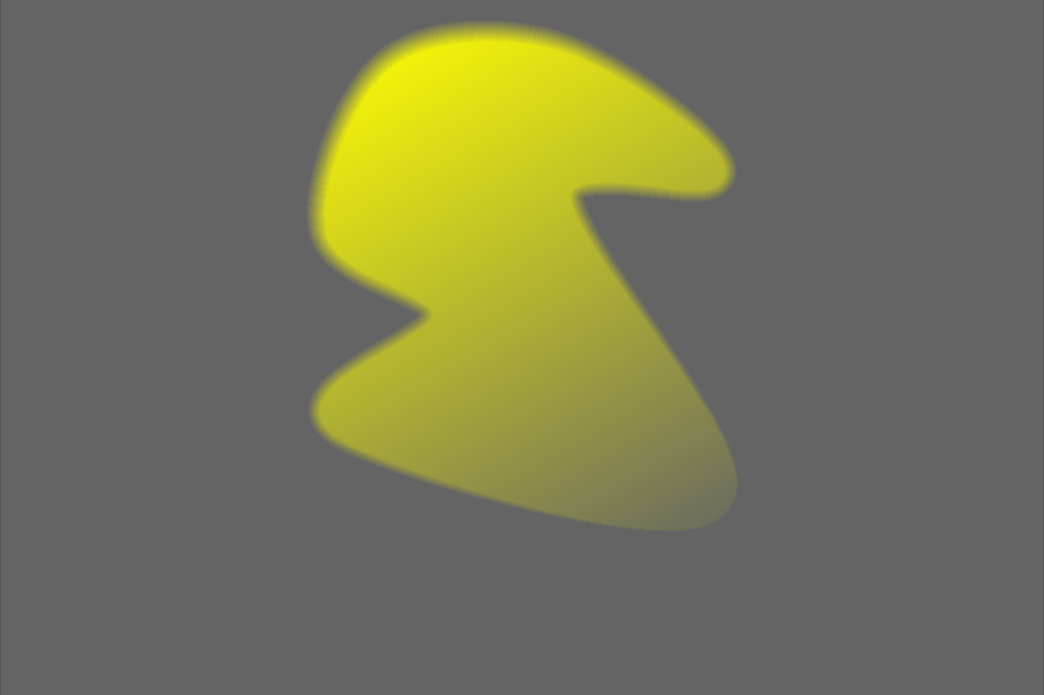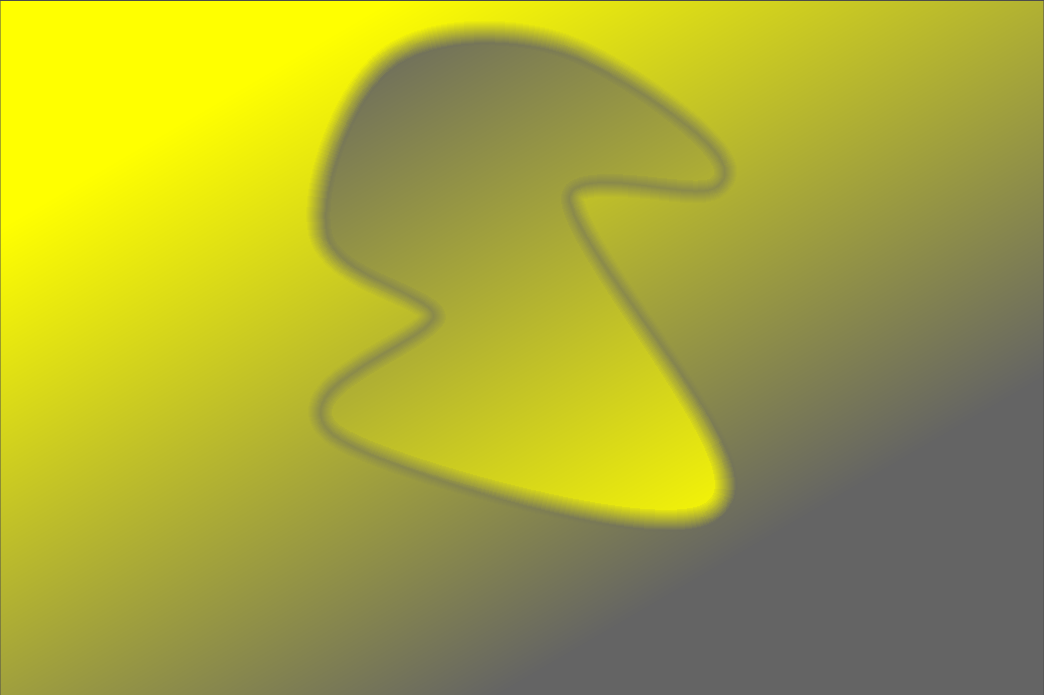mask manager
Manage all drawn masks and shapes for the current image.
This module can be used to create, rename, edit and delete shapes. You can alter the shapes in a drawn mask, group shapes together, and combine them using set operators.
The top line of the mask manager panel contains buttons that can be used to create new shapes. These are the same as in the drawn mask interface of the processing modules.
The panel below these buttons displays a list of all masks and individual shapes defined for the current image.
Groups of shapes forming a drawn mask are displayed with a headline in the form “grp <module_name>” to indicate the module in which they are used, with the constituent shapes listed below. The list of mask groups is followed by a list of all individual shapes that have been generated in the context of the current image (which also repeats the shapes that are part of a group). If a shape is in use by any drawn masks this is indicated by a symbol to the right of the shape name.
🔗shapes
By default each shape receives an automatically generated name, consisting of the shape type (“brush”, “circle”, “ellipse”, “path”, “gradient”) and an automatically-incremented integer. You can rename a shape by double-clicking on its current name. It is a good habit to give shapes and groups meaningful names, especially if you intend to reuse the same selection in different masks.
If any shape has a reduced opacity this will be shown to the right of the shape name. An icon representing the chosen set operator (mode) is shown to the left (except for the first shape in a group, which has no prior shape to be combined with).
Click on a shape name to show the selected shape on the image canvas with all of its controls, allowing you to edit the properties of just that shape. This is especially useful where there are many overlapping shapes within a mask, making it difficult to select the right one with the mouse. Similarly if you select a shape on-screen from within the mask controls of a processing module, that shape will also be selected in the mask manager.
Right-click on a shape name to show a menu containing additional options (explained below).
Note: darktable retains all shapes that have ever been defined for the current image unless you explicitly remove them. If you choose to include develop history when exporting an image, all defined shapes will be exported with the image. Beware that if the list of shapes is very long the space required to store those shapes might exceed the size limit of certain file formats. This can cause XMP tag creation to fail during export.
🔗masks & groups
Drawn masks are constructed by adding a group of shapes to the image in the order that they are listed (from bottom to top – the same order as processing modules are displayed). Each shape adjusts the existing mask using one of five logical set operators (see below). Because order is important it is also possible to move shapes up and down the list via the right-click menu.
Click on the name of a group in the mask manager to expand that group, showing a list of its constituent shapes – the corresponding shapes will be shown on the center image. Similarly if you choose to show a drawn mask from within a processing module, the corresponding group will be expanded within the mask manager.
Right-click on a group name to display a menu with options to add new or existing shapes to the group, or to clean up unused shapes. You can also choose to delete the group.
Right-click on any of the constituent shapes to control how that shape contributes to the overall group mask as follows:
- remove from group
- Remove the shape from the current mask.
- use inverted shape
- Invert the polarity of the selected shape.
- mode
- Choose how this shape will be combined with the preceding mask by selecting one of the five set operators defined below. The currently-selected mode is highlighted with a check mark.
- move up/down
- Move the shape up or down the list.
You can also create your own groups using existing shapes by selecting the shapes you wish to group, right-clicking them and choosing “group the forms”.
🔗properties
Expand the properties section to change the properties (opacity, size, rotation,feather, hardness) of the currently selected shape(s).
If a group is selected, the soft limits of the sliders are automatically adjusted in an attempt to prevent irreversible distortions (where some of the shapes are clamped at their extreme values but others can still be adjusted, so that reversing the move does not return all shapes to their previous configuration). However, like any soft limits, these can be overridden (forced) if you are happy to accept the consequences.
If a pen (e.g. Wacom) is detected, some additional options are also displayed to control how it is used by darktable:
- pressure
- Controls how the pressure reading of a graphics tablet impacts newly generated drawn mask brush strokes. You can control the brush width, hardness and opacity. “Absolute” control means that the pressure reading directly defines the attribute with a value between 0% and 100%. “Relative” means that the pressure reading adjusts the attribute between zero and the pre-defined default value (default off).
- smoothing
- Sets the level for smoothing of drawn mask brush strokes. Stronger smoothing leads to fewer nodes and easier editing at the expense of lower accuracy.
🔗set operators (modes)
Set operators are used to define how grouped shapes are combined. In the following examples (with the exception of “sum”) we will use a mask that combines a gradient followed by a path, to demonstrate the effect of each set operator when applied to the path shape:
As a convention in the following explanations we say that a pixel is “selected” in a mask or shape if it has an opacity greater than zero.
- sum (default for brush shapes)
- The shape adds to the existing mask by increasing its opacity by the opacity of the drawn shape. This allows multiple shapes (e.g. brush strokes) with low opacity to be layered on top of one another to increase the strength of the overall mask (e.g. for dodge and burn operations). The resulting opacity of a given pixel is the sum of the opacity of the individual shapes that intersect with that pixel, up to a maximum of 100%.
- union (default for non-brush shapes)
- The shape adds to the existing mask in such a way that the resulting mask contains the pixels that are either selected in the existing mask or in the added shape. In overlapping areas the maximum value is taken:
- intersection
- The shape adds to the existing mask in such a way that the resulting mask contains only pixels that are selected in both the existing mask and the added shape. In overlapping areas the minimum value is used. In the given example we use this operator to “imprint” the path with a gradient:
- difference
- In the non-overlapping area the existing mask is unchanged. In the resulting mask, pixels are selected only if they are selected in the existing mask but not in the added shape. This set operator can be chosen if you want to “cut out” a region from within an existing selection:
- exclusion
- The resulting mask selects all pixels that are selected in the existing mask and not in the added shape or vice versa. This is equivalent to an “exclusive or”:






